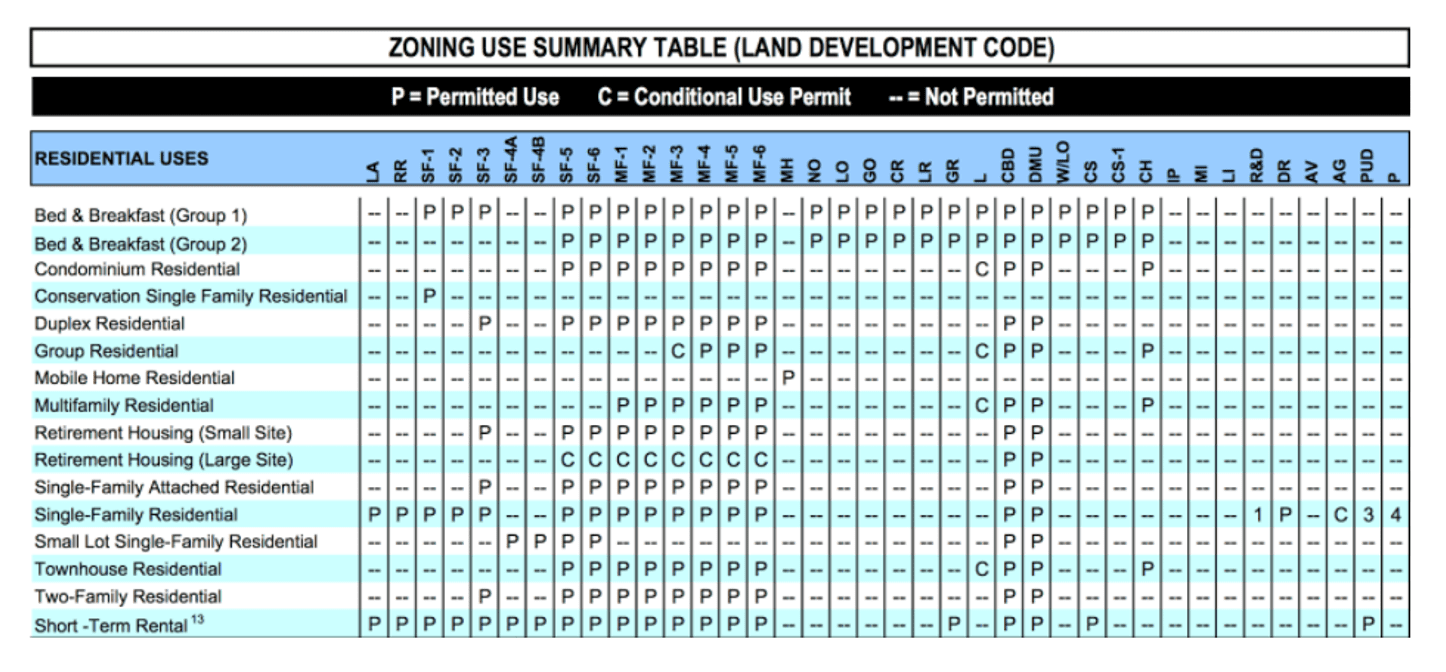Build a Water Park, Lagoon Fishing, Therapy Horses For The Children, Whisky Bar, hooooooold up…
Before we get too excited here and reveal the real list below, let’s cover some basics.
It’s not uncommon to get some land with your mobile home park (aka manufactured housing community) deal. That vacant land could range from a narrow alley to over 100 acres. And believe it or not, you could also end up with useless land that comes with extreme liability or a pot of gold post-closing if you don’t know how to perform due diligence on it.
We'll approach this from the standpoint of the investor and operator...
From a buyer's perspective (onsite DD):
To quote Reading Rainbow, “the more you read due diligence, the more things you will know”, is the best approach for vacant land before closing. Do you have your protective armor ready for trekking through the woods? We are not joking much here, the only way you are going to find what’s hiding is by being geared up and doing a lot of pre reconnaissance prep work. This is usually the case for larger areas of vacant land that is not cleared.
Here are some pre reconnaissance tactics shared by our onsite team,
- Know your encroachments beforehand, have them mapped out and printed out with waterproof casing. We use county and GIS maps to determine if there are any lot or perimeter encroachments on the land. Those different maps are then put in transparent casing incase bad weather hits.
- We use up to five different mapping programs to have different versions of the vacant land on hand. This provides us with different versions of the land including what the land looks like during different seasons, such as in the wintertime when there are no tree leaves.
- Survey in hand - know the easements and any landmarks prior to onsite. We have found crazy utility easements on vacant land that would not be known unless studying the survey or trekking the land. Note, only a complete Alta will note easements.
- Have a trekker that is covered head to toe or not allergic to Ivy and Oak, be ready for bad weather, wear waterproof boots, mosquito spray, sunscreen, and have gloves and something to hack with to get through brush and trees for thick jungle like areas.
- Our onsite team first walks every foot of the perimeter first before checking to see what lurks inside.
- Next, we decide on the best grid pattern to walk so that all the area is walked.
- What we’re looking for – hidden topography that may not be revealed by our drone topography map, liabilities (abandoned structures/boats/equipment/chemicals, underground structures/items, illegal activity, camps/squatting, debris dumps, drainage/canals/utilities not shown on any maps and recording any deferred maintenance items such as required debris clean up, clearing, and liability removal. We have found over 100K in cost for minimum removal required many times! Cigarette boats, fire damaged mobile homes, non-documented neighbor’s septic, camps, tree house homes, swamps and blocked drainage are just a few interesting things we have found.
- Documenting everything is the last step. We found pages of notes to not be very effective for the recording process. Instead, we use a mobile checklist (that does not require an internet connection) that is preconfigured with every possible item to look. When items are documented, our checklist requires that a picture or video be taken for certain items, to mark those items as properly completed. These completed items are then imported into our onsite report. If you do not have the luxury of custom onsite software, the next best option is to use some type of digital recording like Google sheets on the phone so that chicken scratch notes are not lost. If you have inhouse help or are hiring someone to look at the land, having a person with experience is important but may not be as important as making sure the process they are following helps dummy proof the data capture.
- Your onsite process has revealed the zoning and land use perimeters for the vacant land, especially if it is on a different parcel(s) than the main property which may be zoned differently.
- If you are already familiar with the zoning and restrictions, you have pulled up the ‘permitted use’ chart (shown below) and studied it with vigor. If you are not familiar with a ‘permitted use’ chart, you will need to Google the zoning code database. The local zoning database is usually called “municode” which stands for municipality code. This will be a searchable database, containing zoning types, along with a usability chart that will list ALL permitted uses for the land.
- Your land may be in a restricted or non-restricted non-zoned county area. If it is in a non-zoned non-restricted area, then GREAT! You lucked out, go build a compound or a water park!
- You are aware of the flood zone type and the likeliness that it will flood based on the topography and history.
- Finally, that you are aware of any restrictions outside of local, state, and national code. Such as financing restrictions for institutional loans or refinancing. Note, big loans often come with a lot of restrictions which can include land-locking your property to not allow for any alterations or improvements.
Land use chart for permitted uses will look something like this…
- Park expansion: this may be more costly but if the market lot rent is over $350 and your city does not have a bad reputation for outrageous requirements and associated approval and permitting costs, then it could potentially be a gold mine.
- RV lots: lot development for RV lots are significantly less since sewer and electric infrastructure is less demanding for RVs compared to MH. In fact, electrical infrastructure could cost a third to half as much as it does for MH. It may also be acceptable to start with gravel roads and parking versus paved.
- Dry Storage: Could be for boats, RVs, and more. Very low overhead. Security fencing and lighting can be added. Lower liability than other uses.
- Amenities: Add an amenity. Depending on the amenity, cost could be low to high. However, an amenity can put the property in a different asset class and result in higher rents.
- Storage: Could be built or dropped in. We have seen shipping containers at a handful of parks. Think about it, lower cost and not much maintenance for a shipping container. One Park we visited offered three different sizes to choose from.
- Extra Parking: Very easy to add and low cost. Different road materials, numbered parking signs, and security could be added providing extra parking as an amenity or extra fee per space.
- Satellite Tower: Satellite providers look for vacant land to lease. Towers require that the radius be equal or larger than the tower being installed – incase it falls. They will offer long term lease contracts for around 5 to 20 years but are also typically negotiable.
- Wind or Solar farm. It is estimated that by 2050, wind power will jump to over 400 GW versus the current 113 GW. However, it may be highly unlikely that you have the right amount of space and location for this. Solar may be more realistic and solar farms are popping up all over the place. Negotiate free electric for your park too😊.
- Agriculture: A few options may be available for agricultural use. If approved, you may get an Ag tax exemption for your land. Note, you may have to plant something or buy a goat to qualify. You may also be able to lease the land to a farmer.
- Sell it!!!: It may be possible to sell vacant land even if it does not have road access. You may also grant road easement access to vacant land if it is possible for your road to access that land. Obviously, when you grant a road easement, you are opening yourself up to having a neighbor drive through your property with WHATEVER they want. Typically, it is not a difficult process to sell vacant land. That vacant land is resurveyed so that a new property line can be established. When the land is sold, new metes and bounds and survey are used to identify and sell the new parcel. If the land is already its own parcel, then great! As the assumptions already listed, if you are going down this route, you have already completed your due diligence to be certain that selling or changing the use of vacant land will not trigger anything. PS, a lot of park owners have made some serious $$$ selling off vacant land pieces that were never a part of their valuation – Bonus money.
- Sell the trees: There is gold in them there trees(said with hillbilly accent). You may want to contact a local wood dealer or broker to assess the value of your tree portfolio, you may be surprised how much trees can be worth, especially in some areas. Not only can you get paid for them, but there is no clearing cost to you.
- Lease Billboard space: This is a very underutilized option with low cost to build. Many parks have fantastic locations on busy roads and highways. Large cities or restrictive cities may have a billboard moratorium but the only way to find out is to call. We’ve seen billboard lease agreements that are $2K monthly - $24,000.00 for the year for one billboard. This lease was a ten-year term that increases an additional 5% yearly.
- Community garden: This is a low-cost option that could encourage a lot of friendliness and good health.
- Build other stuff: Homes, tiny homes, condos, apartments, skyscrapers, rec center, etc.
- Flee Market: We haven’t seen this and no idea how this would work😊.
- Water Park: Terrible idea, insurance nightmare, what are you thinking?
- Lagoon swimming and fishing: bad.
- Therapy Horses for the children: NO, anything that encourages more unapproved animals and is an insurance and liability nightmare is not a good idea. See our post about Animal Due Diligence!
- Petting Zoo Amenity: NO, again, see above. Other amenities may be a great idea.
- Dog Run: NO, see above. However, you may be an owner that loves animals so much that the satisfaction of having a dog run will outweigh the potential additional animal issues incurred.
- Whisky Bar: Seriously? NO, while a bar could potentially produce more income than lot rent, this is likely not on the approved uses list and your renters may not be sober enough to pay rent.
- Clay shooting: NO
- Drive in movie theater: that’s getting too creative.
- Do nothing: Do nothing and pay for taxes, insurance, maintenance and hope that nothing crazy ever happens on your land.
- Your addition? Add something to this list and we will quote you! Please let us know if you have any ideas to add to this list, interesting things you have seen that should be shared, or if there is any other due diligence topic you would like us to write about.
We hope we answered the question of how to use raw land. Thank you!
Your Due Diligence Partners
Video Testimonials
Get social with us!
LinkedIn Company Page - Follow!LinkedIn DD Group - Join! ~ Ask us to post or answer a topic of your choice!Facebook Company Page - Follow!


